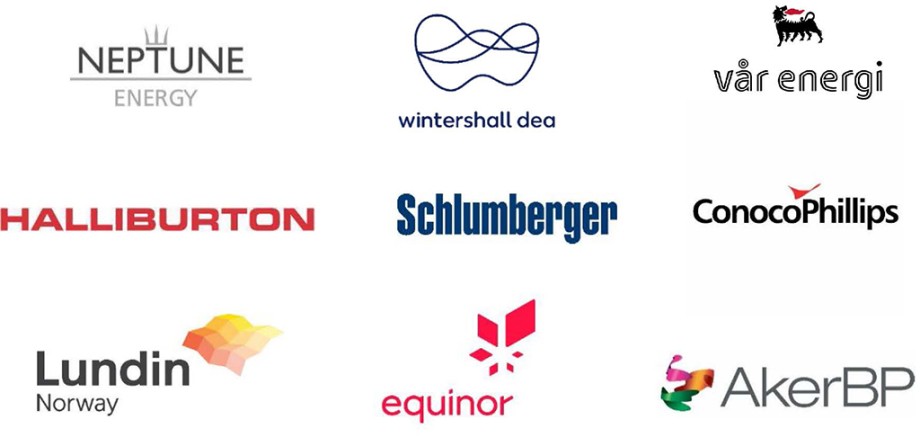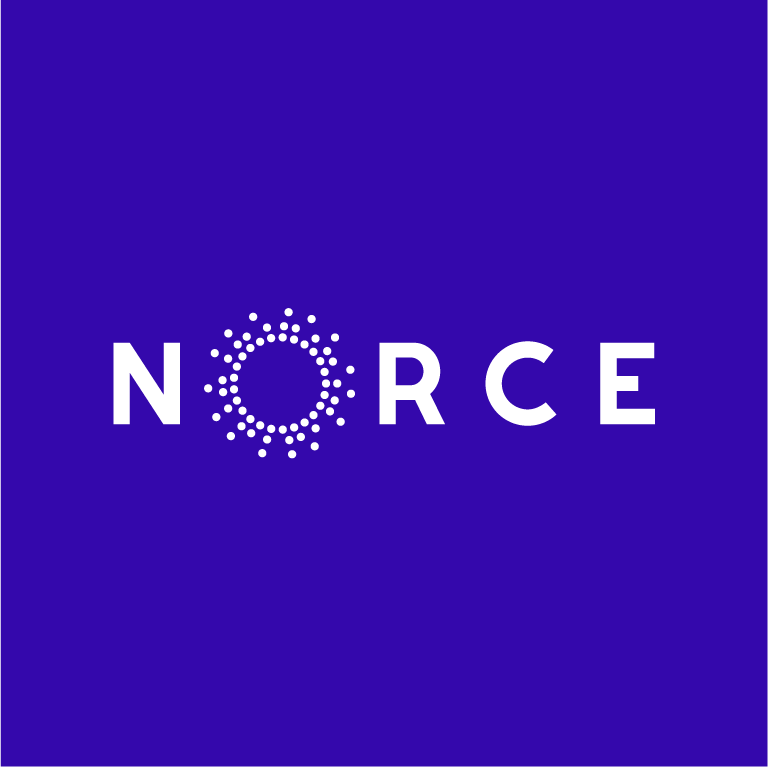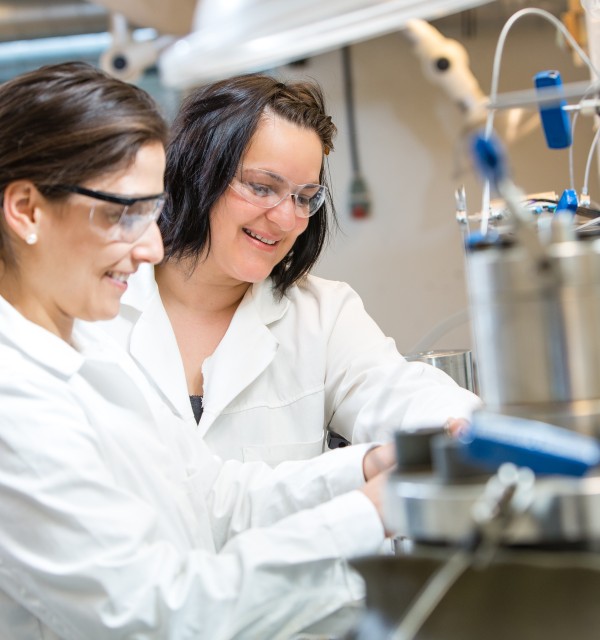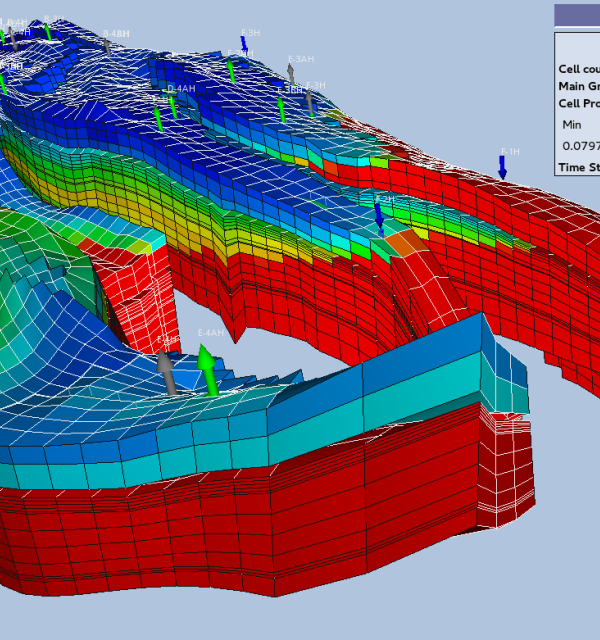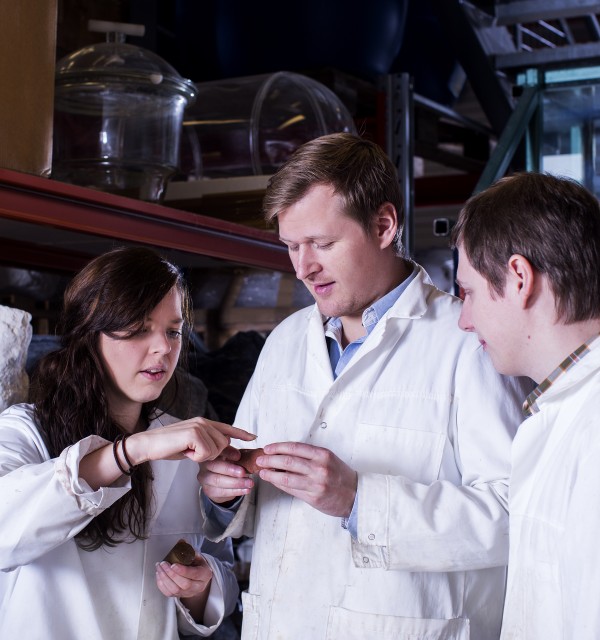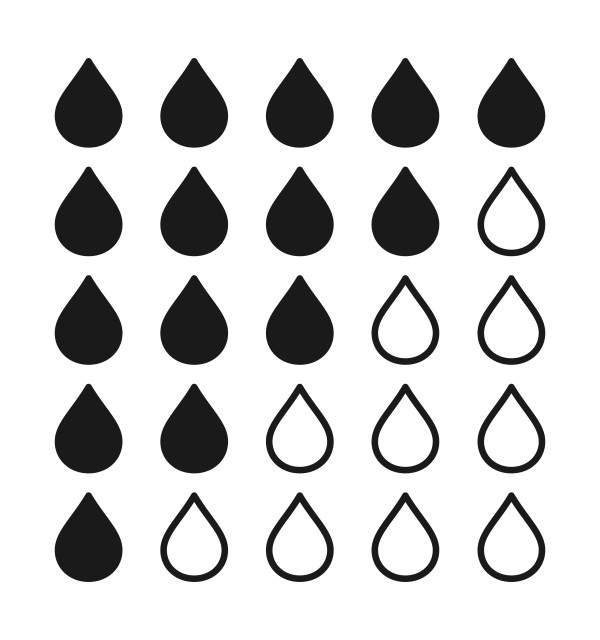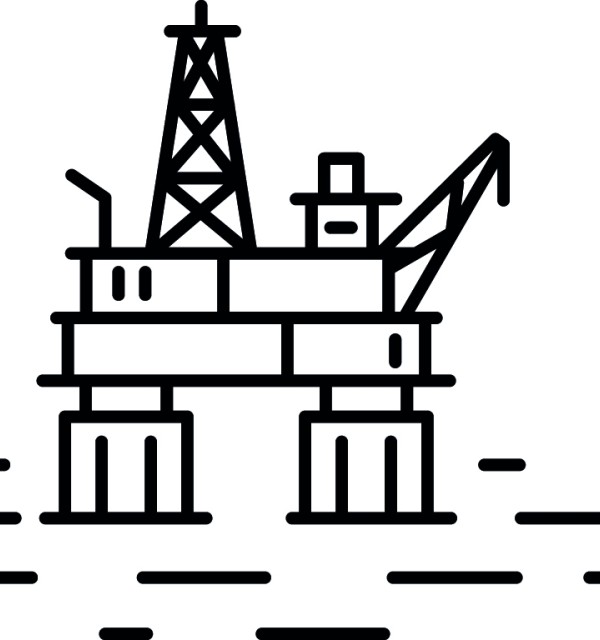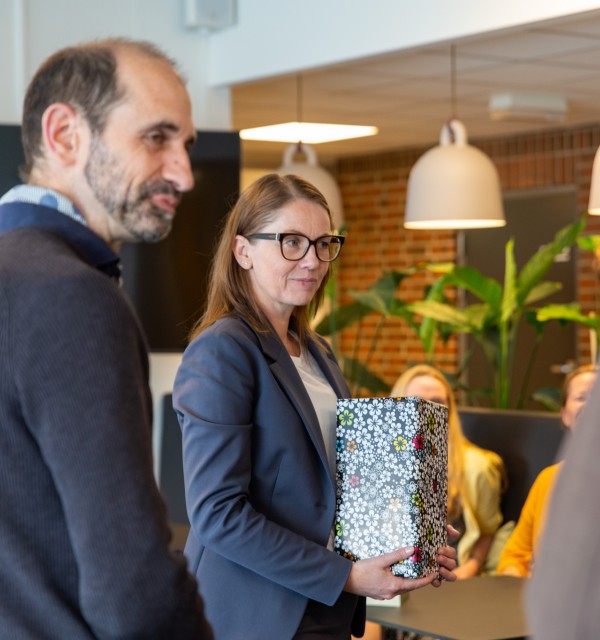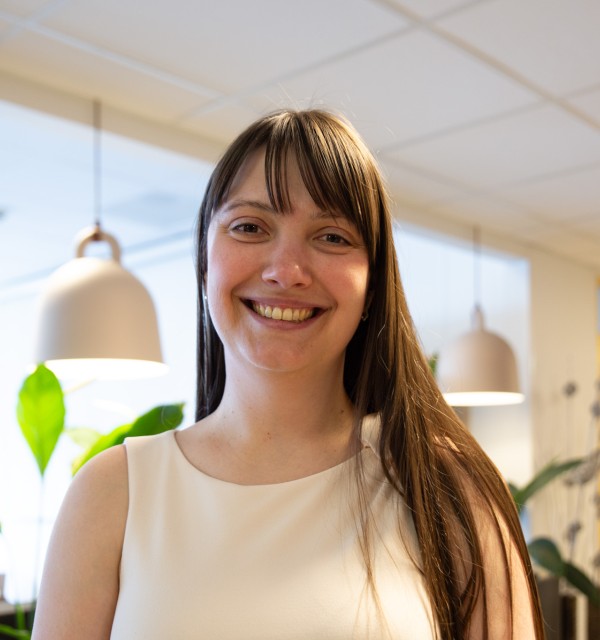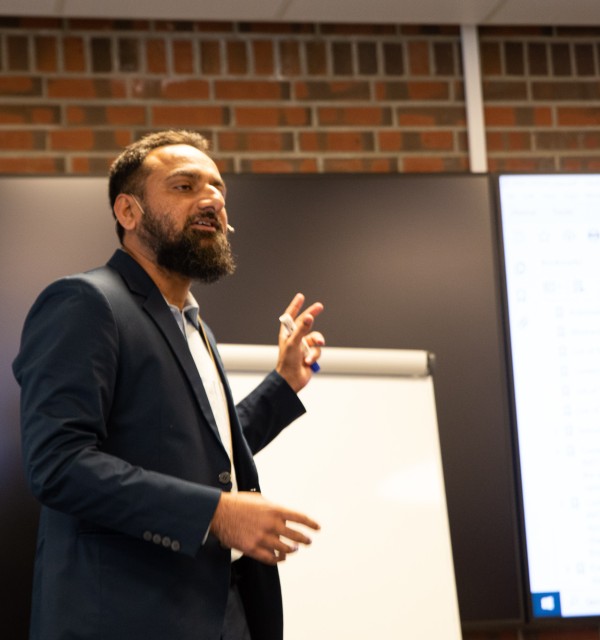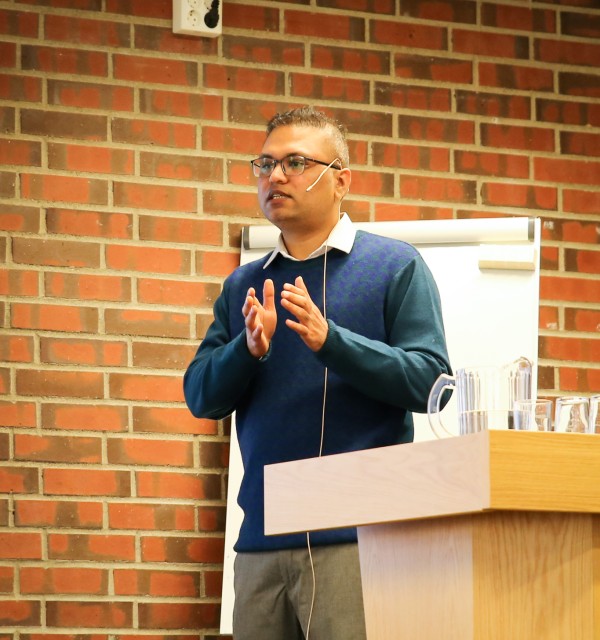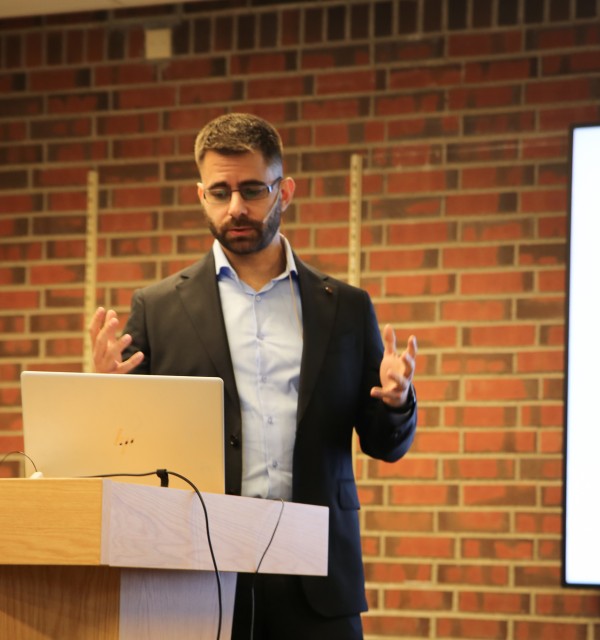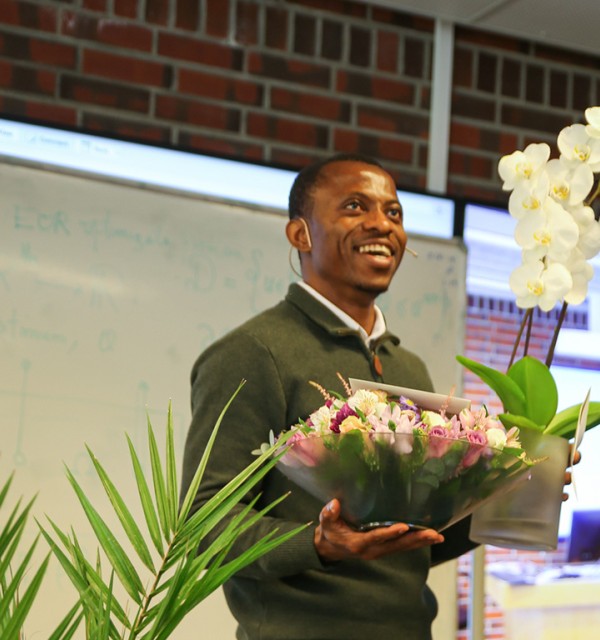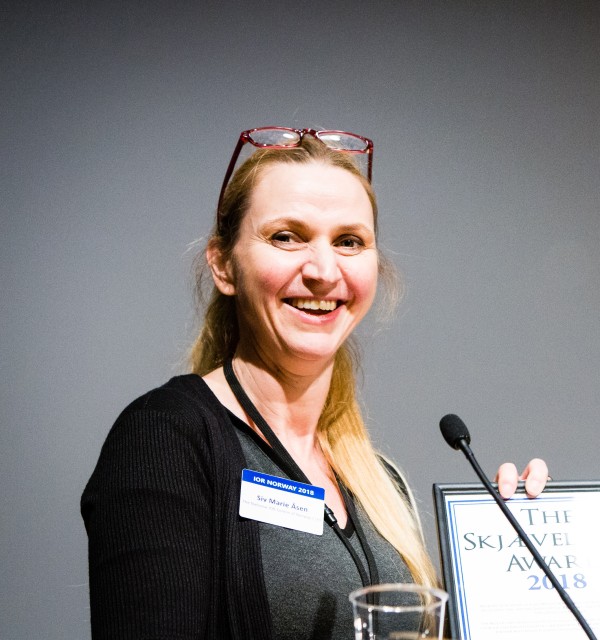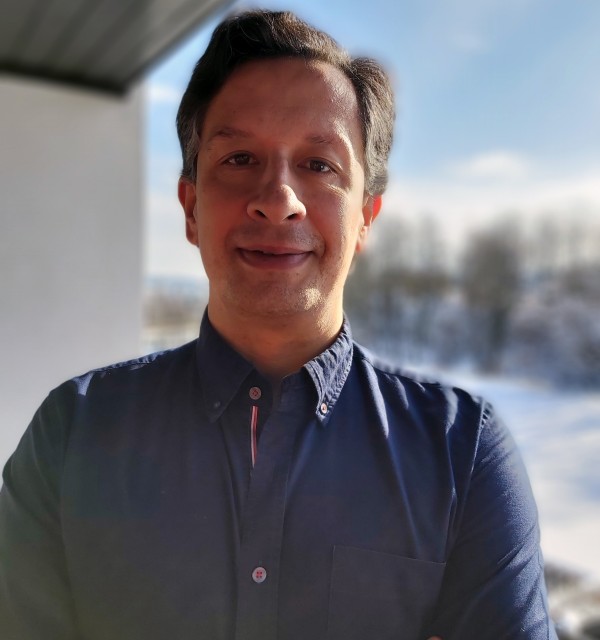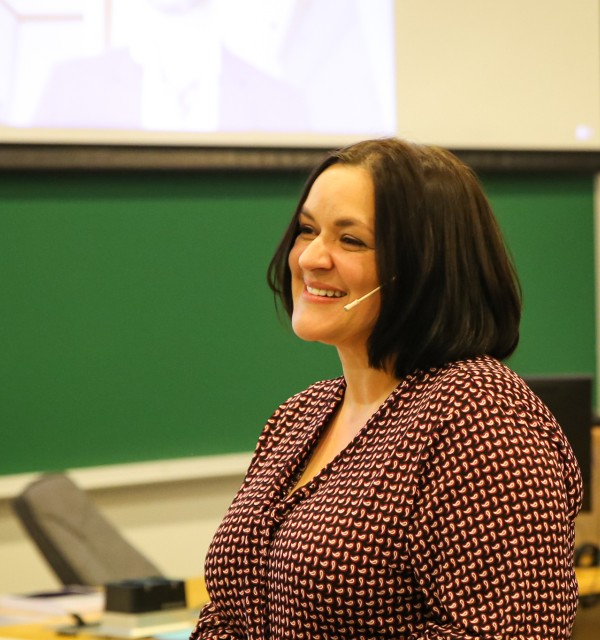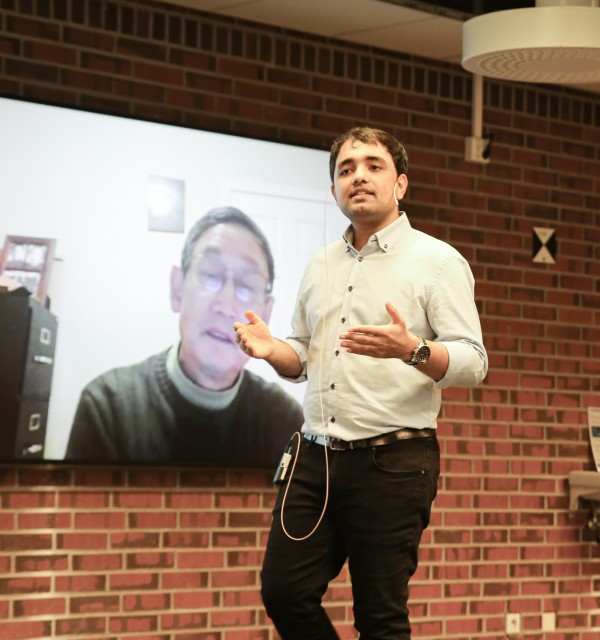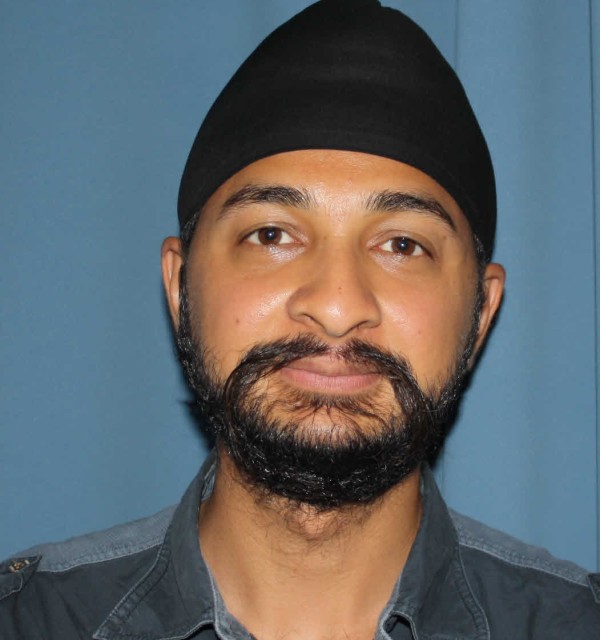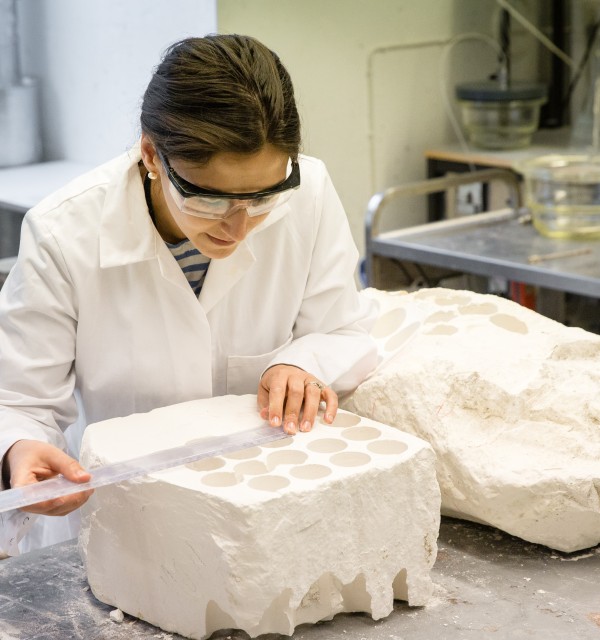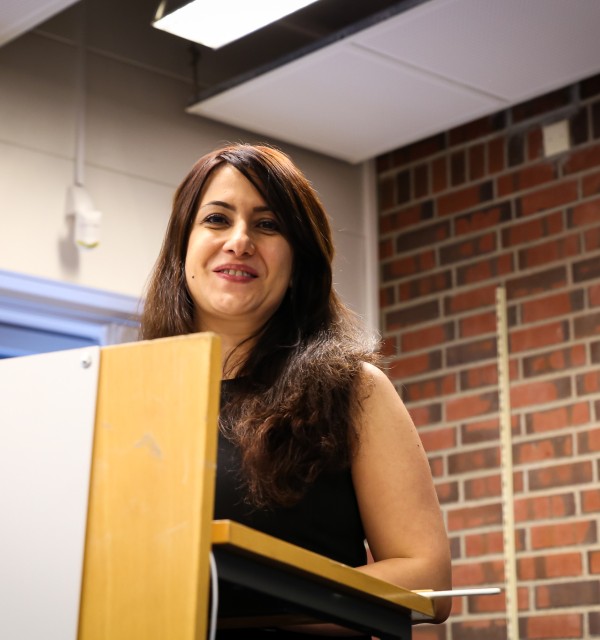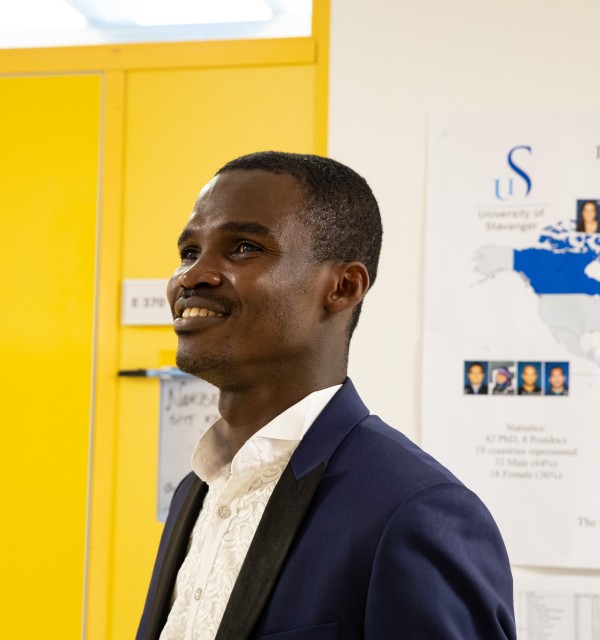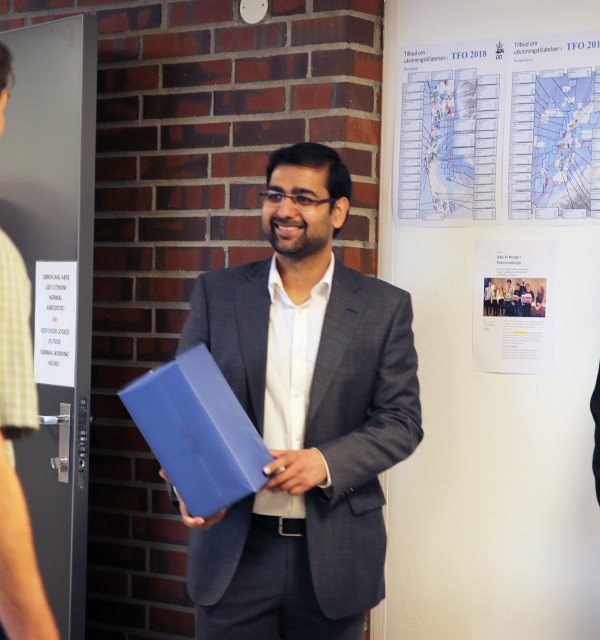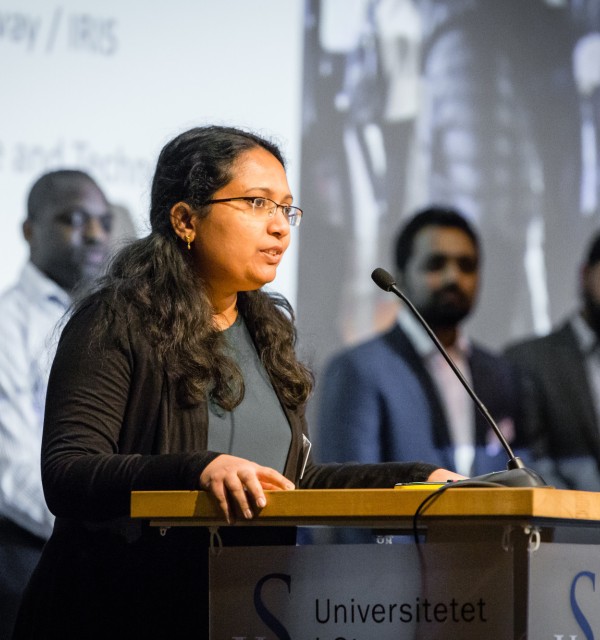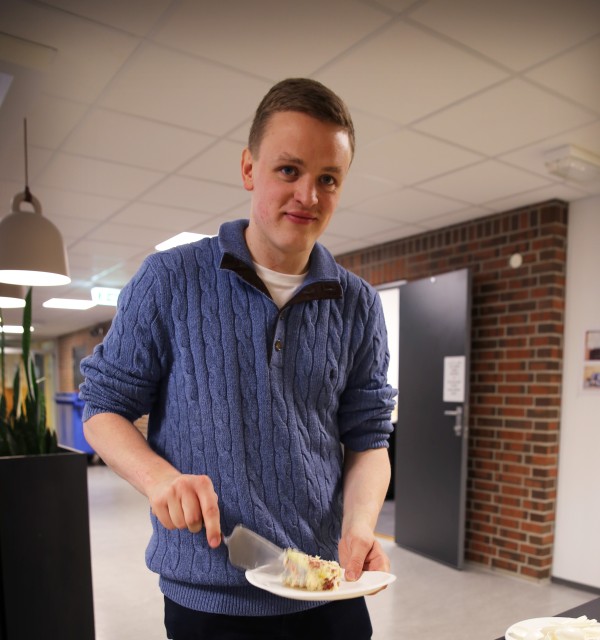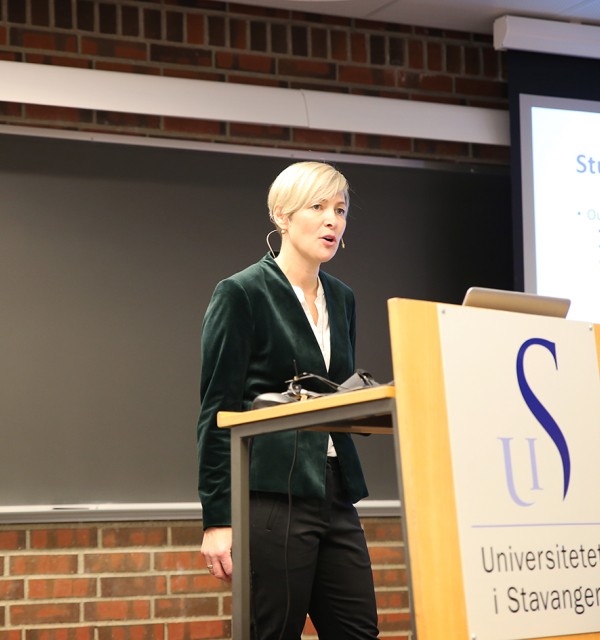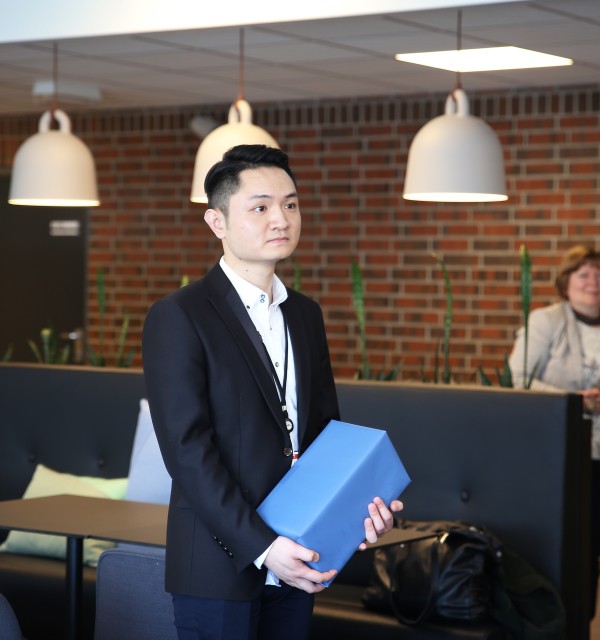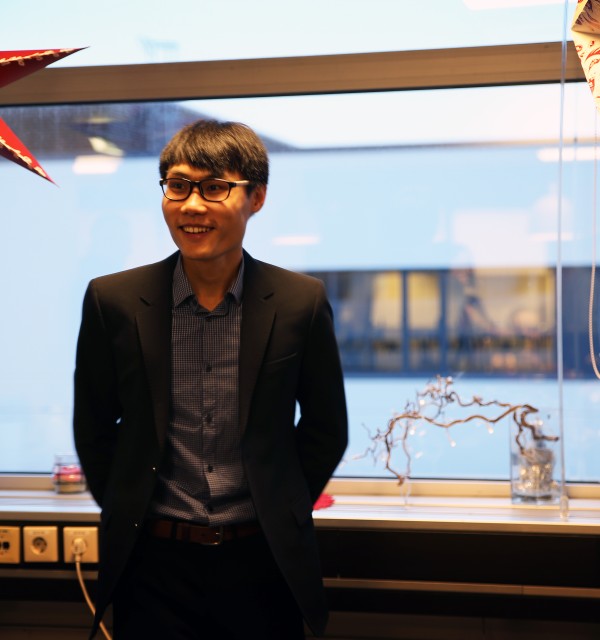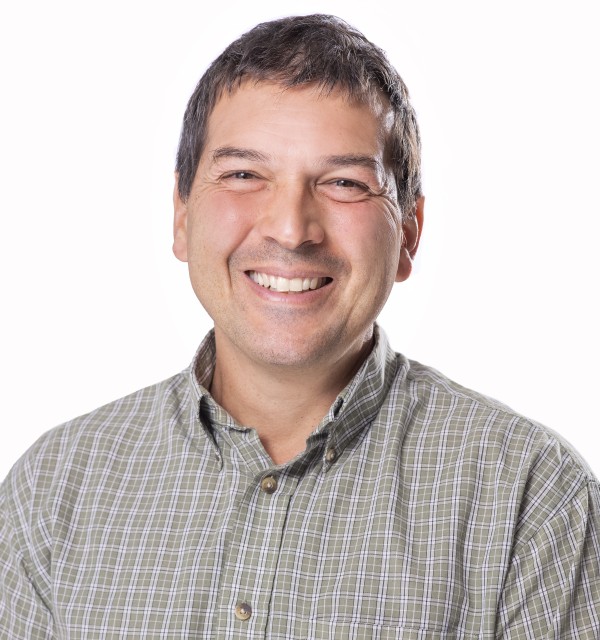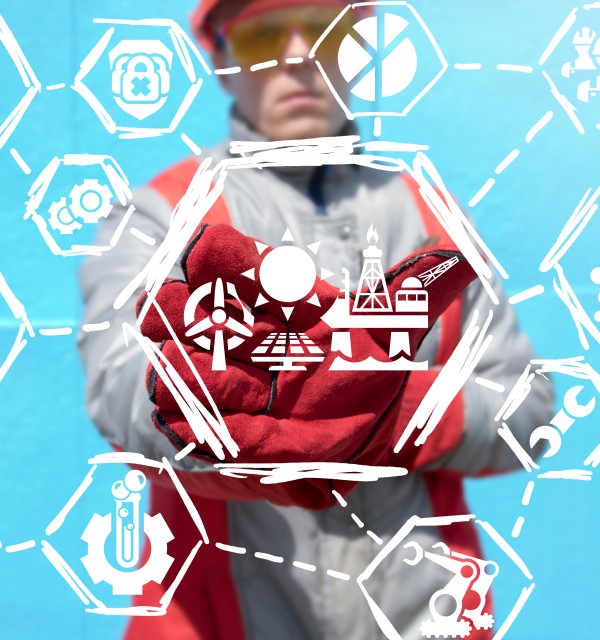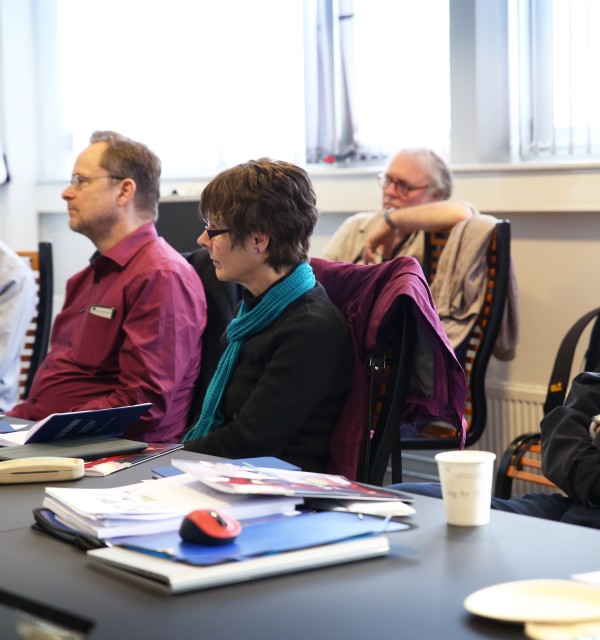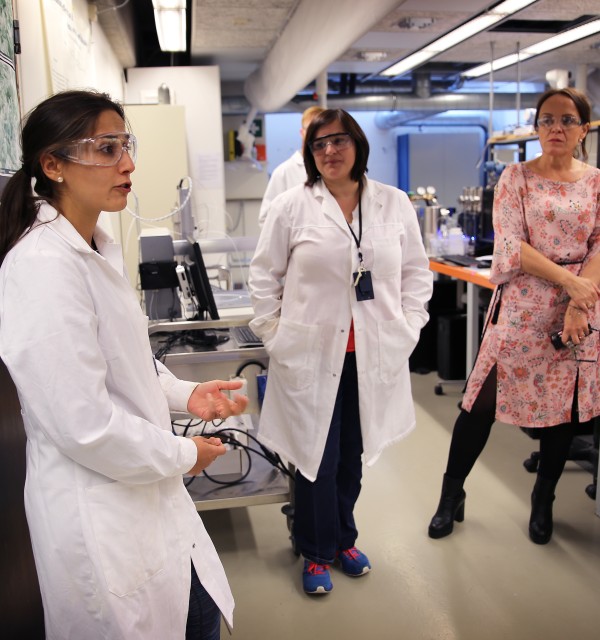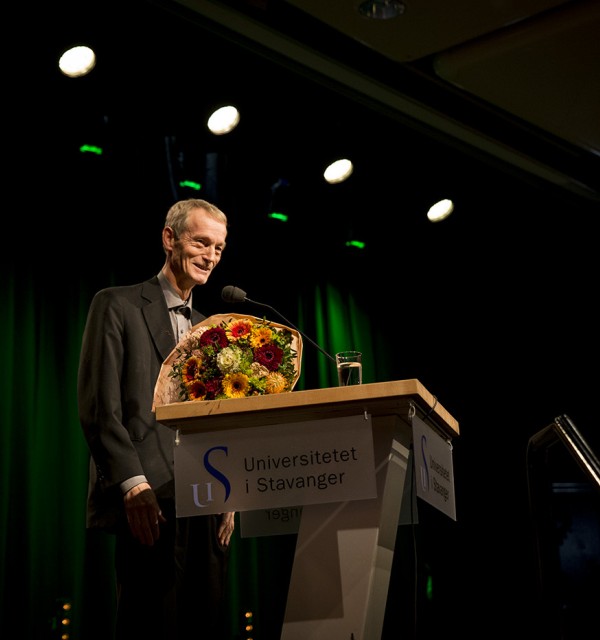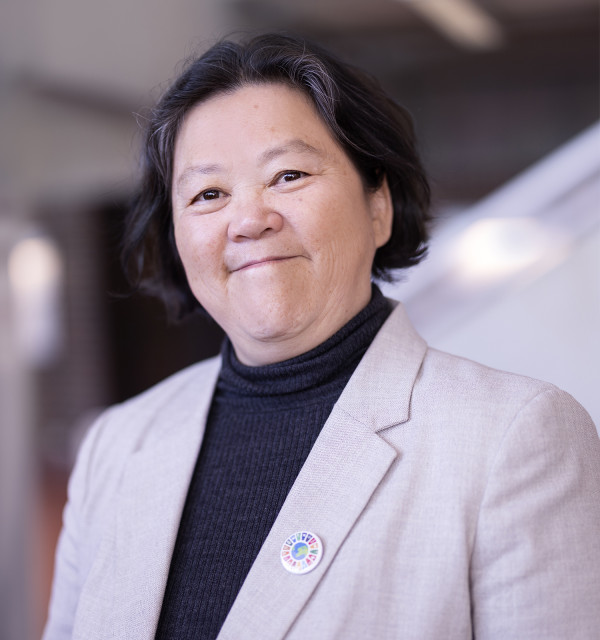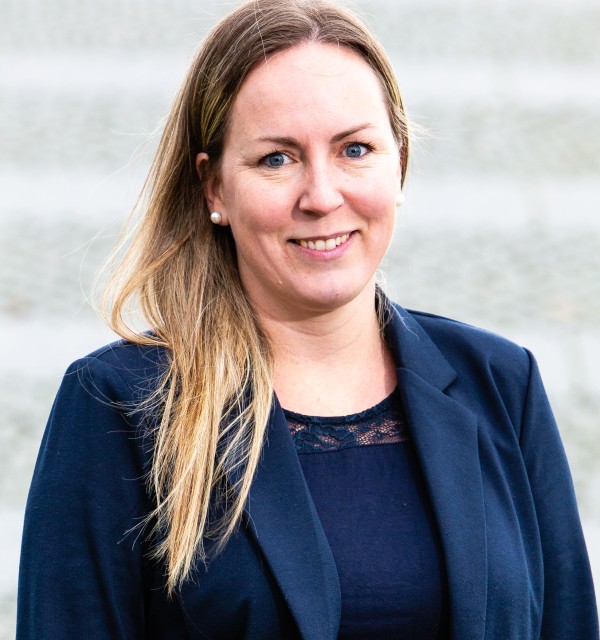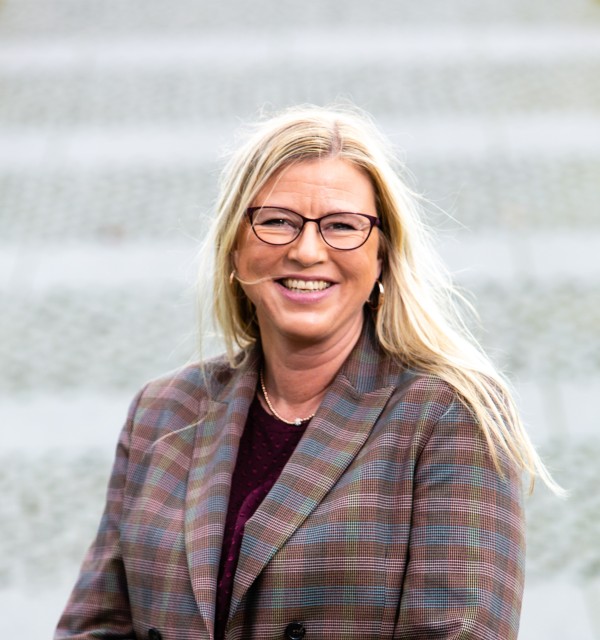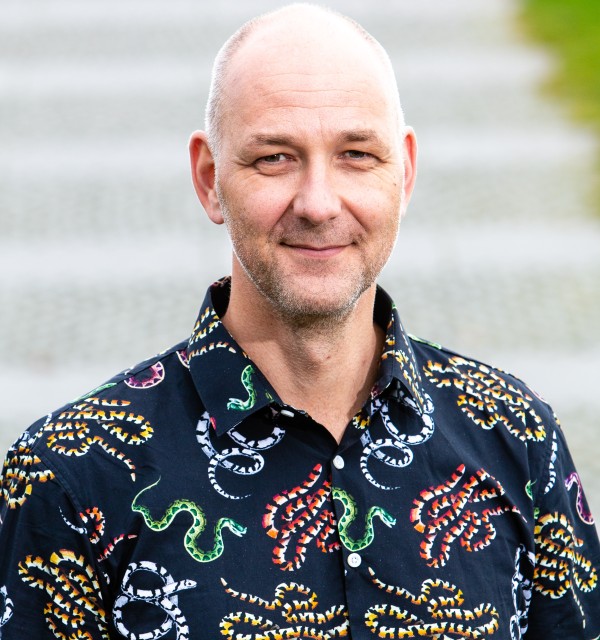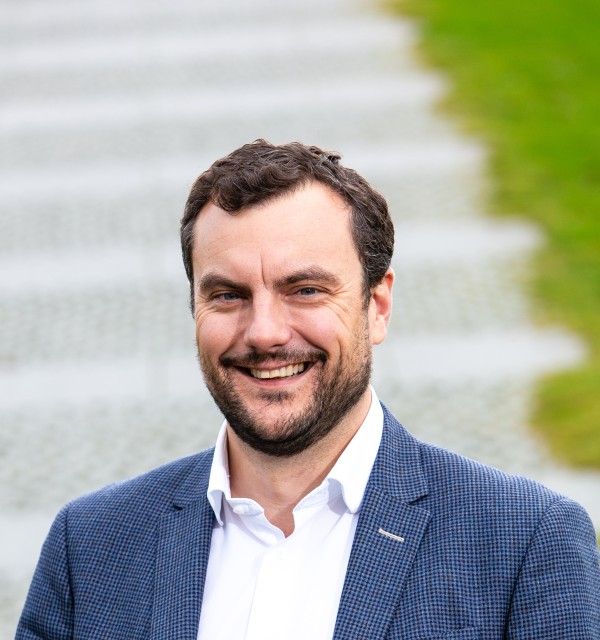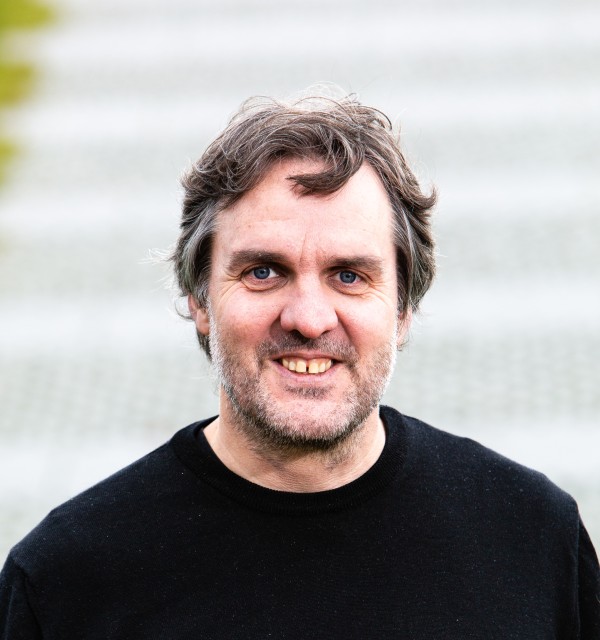The National IOR Centre provides solutions for improved oil recovery on the Norwegian continental shelf through academic excellence and close cooperation with the industry.
Ying Guo
NORCE and IFE
2014-2021
About us
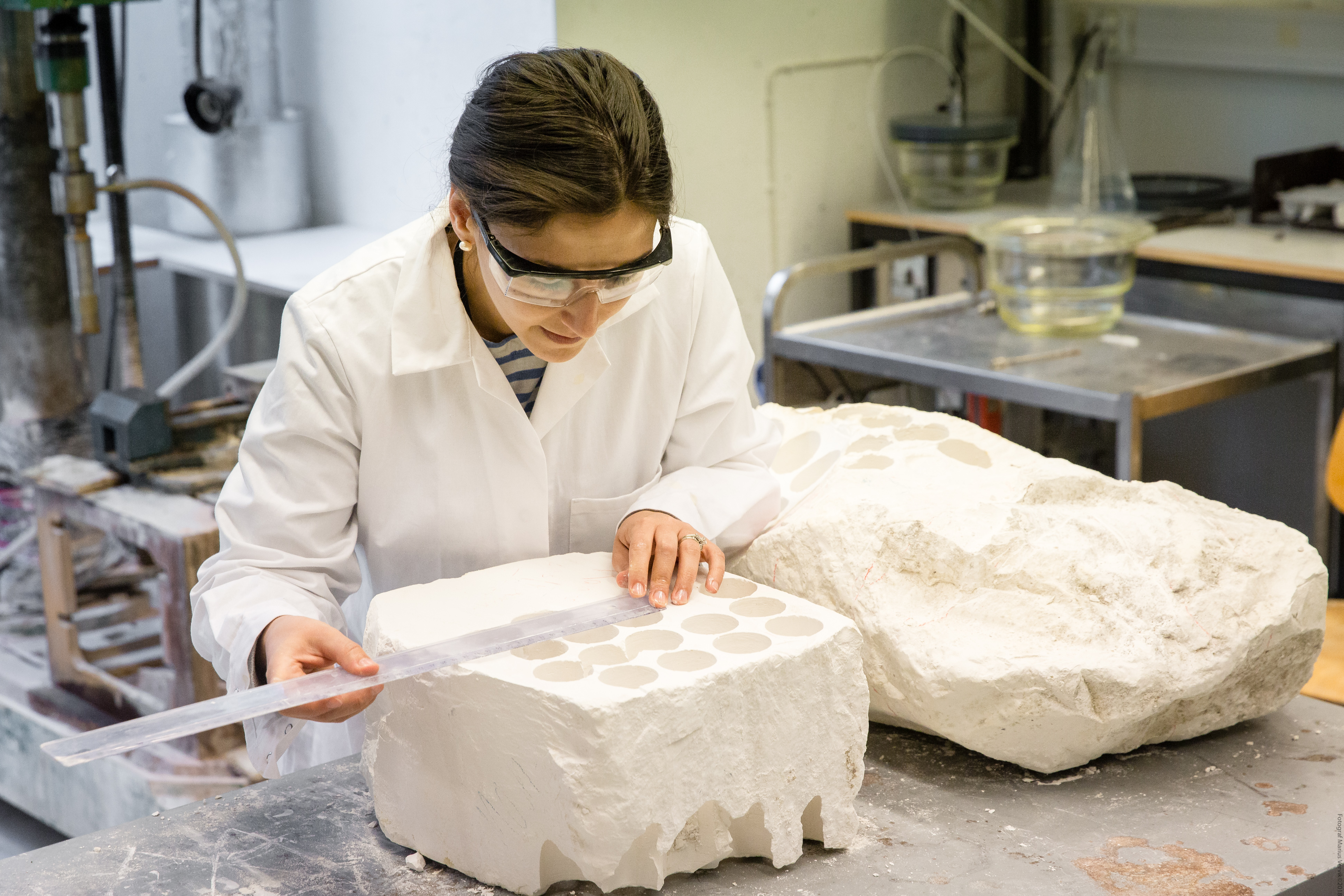
Awarded by the Research Council of Norway after a national competition, the Centre started up in December 2013. The Centre's goal is to develop new knowledge and technology in order to increase recovery beyond projections under today’s field operation plans.
The IOR Centre is led by University of Stavanger, with research institutes NORCE and IFE as core partners. Several other research groups, and 9 oil and service companies, complete the Centre's list of partners and collaborators.
The Centre will contribute to the implementation of environmentally friendly technologies for improving oil recovery on the Norwegian continental shelf. Please visit the research submenu for a detailed overview of our research tasks and projects.
Secondary objectives include:
- Robust upscaling of recovery mechanism observed on pore and core scale to field scale
- Optimal injection strategies based on total oil recovered, economic and environmental impact
- Educating some 30 PhDs and 20 postdocs during the eight-year period
Our research
Delivery Forums
IORCoreSim
IORCoreSim is a tool for simulating the combined effect of low salinity water injection and polymer flooding on oil recovery.
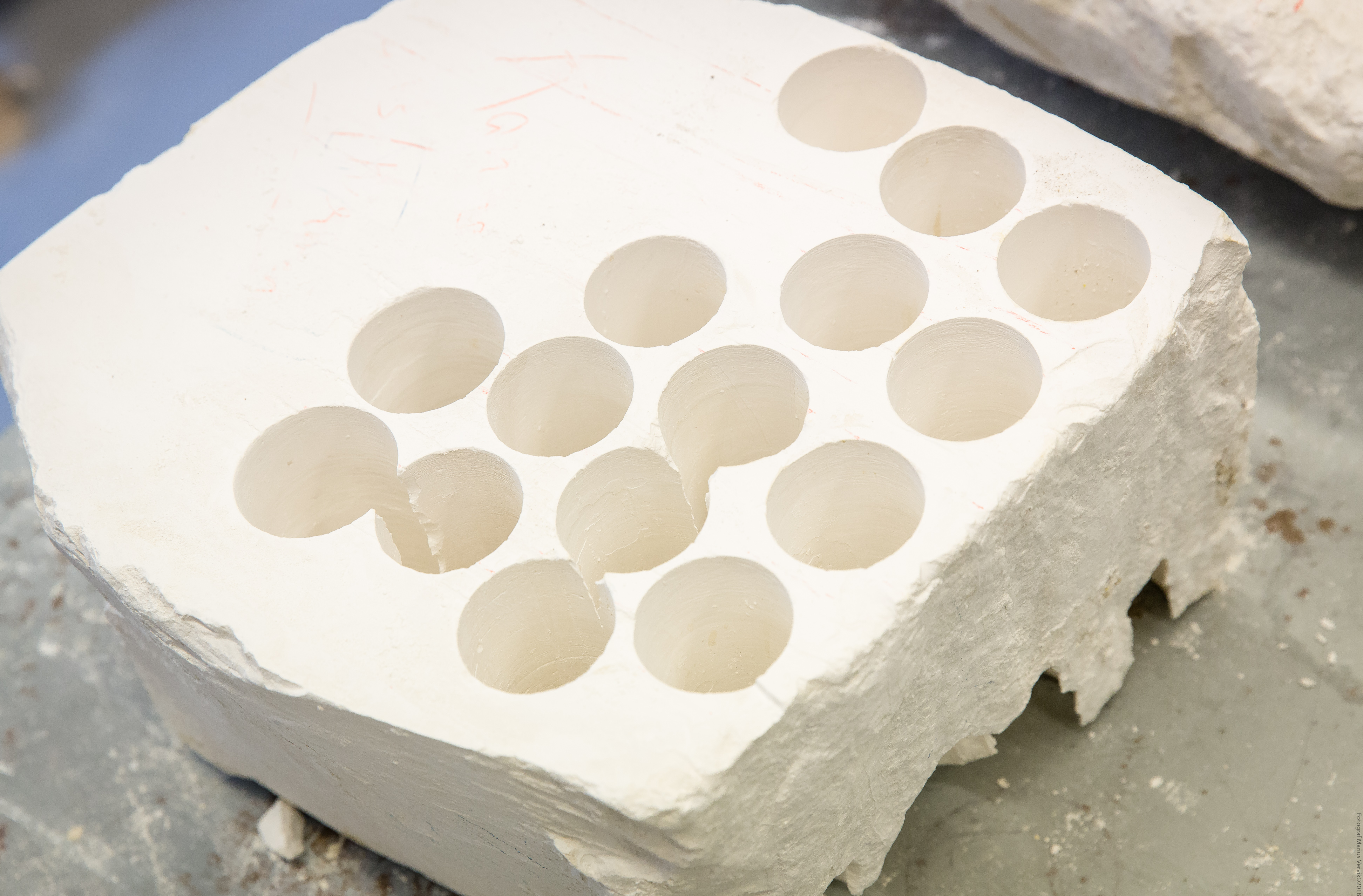
IORCoreSim can help reduce the amount of polymer used when producing oil, thus saving the environment and achieving better utilization of the oil reservoir. For this work, PhD student Oddbjørn Nødland and senior scientist Arild Lohne at NORCE won SR-bank's Innovation Prize 2017.
IORCoreSim has been developed in the Centre. It was previously known as BugSim, a simulator for predicting the behavior of microbes during water flooding. The tool is unique in the sense that it can simulate the combined effect of low salinity water injection and polymer flooding on oil recovery.
Senior scientist Arild Lohne has been the main developer. During the Centre lifetime Lohne has added functionality to simulate the injection of non-Newtonian fluids, such as polymers. Professor Aksel Hiorth has added functionality to simulate geochemical interactions. Lohne's and Hiorth's former PhD student Oddbjørn Nødland has improved the numerical codes and tested the simulator against core scale experiments. Nødland is now a postdoc in the Centre.
IOR Centre disputations
Field scale evaluation and history matching
The economic feasibility of implementing new IOR methods on a field needs to be evaluated, preferably taking the uncertainty in the reservoir description into account.
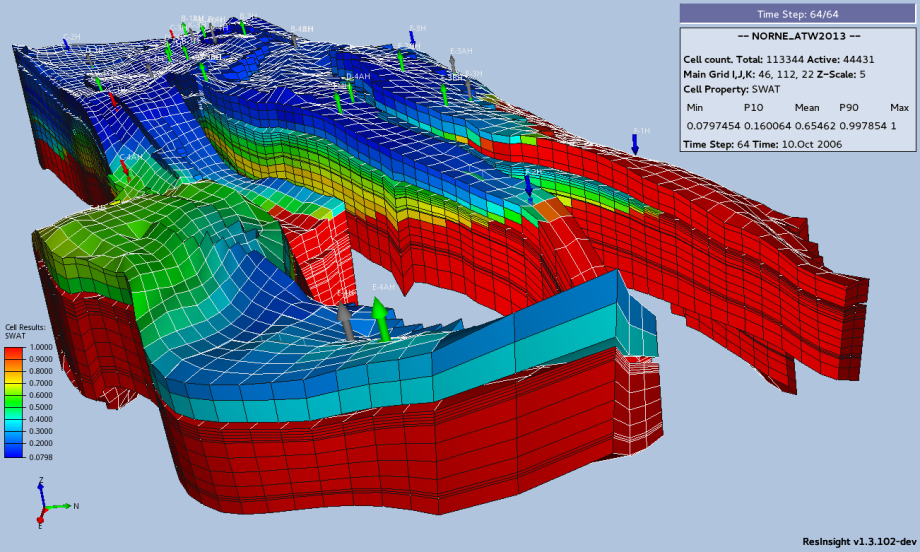
While optimizing future production, environmental constraints need to be considered. The evaluation will be based on history matched reservoir models. An important focus in this research area is to develop better methods for full field history matching using 4-D seismic data. The history matching is done using ensemble-based methods, but we consider use of different types of seismic data for inversion. Some focus is on compacting reservoirs. Here we both study how to improve the interpretation of 4D seismic data for the location of water and pressure fronts and investigate the coupling between fluid flow and geomechanics linking 4D seismic observations to stress exchange in the reservoir and surrounding rock. A substantial part of the work on history matching is using real data, an open data set for the Norne field and data from Ekofisk that has been made available for selected studies within the IOR Centre.
The Centre's first full field study on history matching utilizing 4D seismic data has been successfully completed. The chosen field was the Norne field, using the data set available for research purposes. The results are being presented in different forums, and are attracting attention, as it demonstrates a full workflow for assisted history matching using 4D seismic data.
IOR Centre news articles
Related articles
Impact Case: Eco-Friendly Hydrate Inhibitors: From University Research to Industry Innovation
Eco Inhibitors, a spin-off from the University of Stavanger, has brought breakthroughs to the oil and gas industry with ...
Advanced Power System Operations (AdPSO)
We conceptualize advanced operational functions as well as explore optimization methods and physics-informed AI to addre...
New methods for characterization of impurities in chalk
Tine Vigdel Bredal has investigated different methods for analyzing chalk at core level and right down to the smallest s...
UiS students won the Laurie Dake Challenge
Master students from University of Stavanger won the prestigious student competition during the geology conference EAGE ...
HyTack: Tackling the Challenges in Hydrogen Economy through Education and Research
The HyTack project aims at developing and providing an educational base in the field of hydrogen technology to the stude...
Data-driven mathematical modelling
Mathematical models enable a scientific understanding of natural phenomena around us, and the study and optimization of ...
Analytical Solutions Toolbox for Multiphase Core Analysis
Developing a digital toolbox for Special Core Analysis (SCAL).
Seismic inversion methods for reservoir characterisation
Nisar Ahmed has developed a workflow for seismic inversion methods to estimate the rock-properties in a reservoir.
Impact Case: The National IOR Centre of Norway
The National IOR Centre has provided cost efficient and environmentally friendly solutions for improved oil recovery on ...
Ghosts of Empire in the North Sea
We are a research collective that aims to shed light on the imperial logics embedded in extractive activities in the Nor...
Environmental risk assessment of enhanced oil recovery solutions
In his PhD work, Mehul Vora has contributed to new knowledge about the environmental risk related to shortlisted product...
Special Core Analysis – Modeling, Experimental Design and Upscaling
Prediction of subsurface multiphase or single-phase flow processes is challenging, but important for oil and gas product...
Industry awards to energy students
Repsol and Vår Energi awarded a total of nine prizes and NOK 350,000 to bachelor and master students at UiS.
What does the energy industry need?
Researchers at University of Stavanger have asked the industry to define their education needs in the years to come.
Large Offshore Wind Turbines: Structural design accounting for non-neutral wind conditions
How to reduce cost of energy for future large offshore wind turbines in free-wind and wake conditions by using full-scal...
Laboratories for drilling and well technology
Within the field of drilling and well-technology, there are several laboratories conected to the Faculty of Science and ...
3 million for green offshore research
UiS researchers got funding for Polish-Norwegian collaboration.
Won prize for best PhD project
Huong Huynh finished her PhD project at University of Stavanger October 2021. Now her PhD thesis has been selected as Be...
Management team
